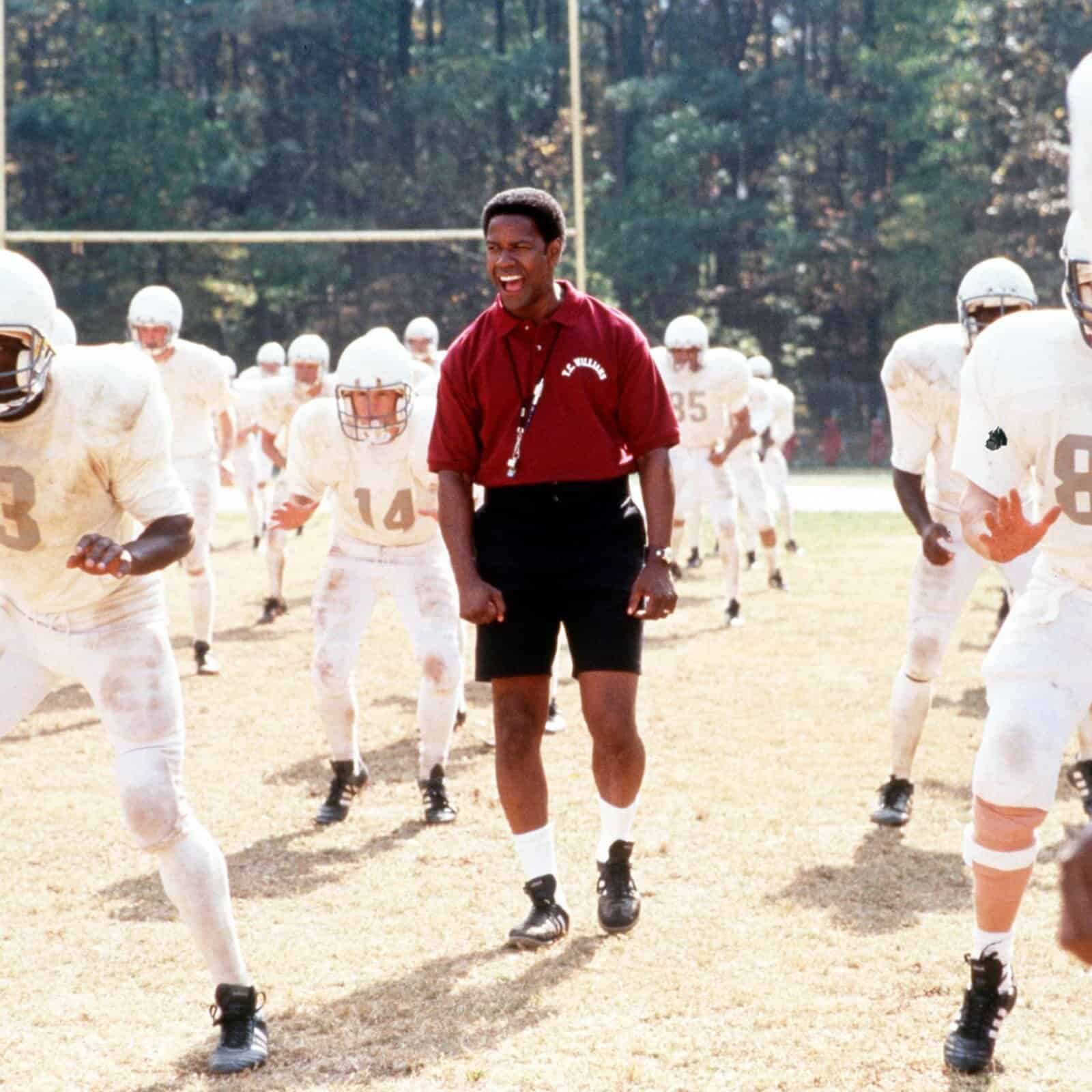“When a flower doesn’t bloom, you fix the environment in which it grows, not the flower.”
— Alexander den Heijer
We’ve all been there—rolling out the “next great idea” and seeing the eye rolls before we even finish the first sentence. As athletic directors, we know that how we launch something is just as important as what we’re launching.
If you want Grit Leadership to take root and create lasting change in your school culture, begin by building clarity, trust, and buy-in. Below is a roadmap to help you launch it well and set your coaches—and your program—up for long-term success.
Step 1: Lead with Why
Simon Sinek said, “People don’t buy what you do; they buy why you do it.” Start by sharing your personal motivation.
Grit Leadership wasn’t designed to evaluate or eliminate. It was created to develop coaches, deepen belonging, and strengthen the student experience. Its research-based tools focus on leadership, connection, and culture. When coaches see this as support—not surveillance—they’re more likely to engage.
Step 2: Start with a Trusted Coach (1–12 Weeks Ahead)
Before launching to your full staff, meet with one or two respected, veteran coaches. Show them the platform and explain:
- This is being done with them and for them—not to them.
- It’s a growth opportunity to help them serve student-athletes better.
- It was created by a coach who wanted a better leadership experience.
Give them early access to explore the platform and shape a few custom questions. Ask if they’d be willing to speak at the launch meeting, using prompts like:
- What were you unsure about at first?
- What part of the process felt most helpful?
- What surprised you in a good way?
- What would you tell a coach who’s on the fence?
Step 3: Preseason Coach Meeting(s) – Set the Tone
When you bring everyone together, lead with purpose and empathy. Be clear about the heart behind this rollout.
The Why: Share the Den Heijer quote if you like. Emphasize that this is about improving the environment in which coaches lead—so students can thrive and coaches can enjoy their work.
The Problem: Most of us work hard to serve students, but rarely ask them how we’re doing. Great programs and businesses grow by listening to feedback.
The Solution: Grit Leadership provides structured, supportive feedback rooted in belonging and psychological safety. It’s a way to model the same growth mindset we ask of our athletes.
The Plan: If replacing an existing system, explain how this is more focused and meaningful. If it’s brand new, outline a phased rollout—starting with varsity coaches and student surveys, with the potential to add parent feedback or sub-varsity levels later.
Step 4: Normalize Growth Culture, Not “Gotcha” Culture
Make it clear: this is not a pass/fail system. It’s a tool for personal and professional growth.
- Self-evaluation + student feedback = meaningful insight, not evaluation
- Coaches will see where they’re making an impact—and where they can grow
- Reflection with you helps us decide which parts of the data matter most
Optional features can support this mindset:
- Parent feedback – Adds helpful context
- Midseason check-ins – Catch issues early, not too late
- AD surveys – You’ll model this growth process by asking for feedback too
This isn’t about being perfect. It’s about staying curious, connected, and committed to improvement. That’s the mindset we expect from our athletes—this gives us a chance to live it, too.
Final Thought: Start Small, Start Strong
Grit Leadership isn’t just a new tool—it’s a new way to approach culture. It centers on student voice, coach development, and strategic growth that benefits the entire community.
Remember: when a flower doesn’t bloom, we don’t blame the flower—we adjust the soil, the light, the water. In our world, the “flowers” are the kids, the families, and the teams we serve. If they’re not thriving, it’s on us to improve the conditions.
That means focusing on the environment. That’s us—the ADs, coaches, and leaders responsible for shaping the culture they grow in. We can and should be doing our part to help them flourish.
When we invest in coaches, we enrich the environment. And when the environment improves, everyone benefits—from the locker room to the classroom to the community.
Starting is important. Starting well is transformational.
By Kevin Broene, CMAA, Founder, CEO of Grit Leadership – [email protected]



